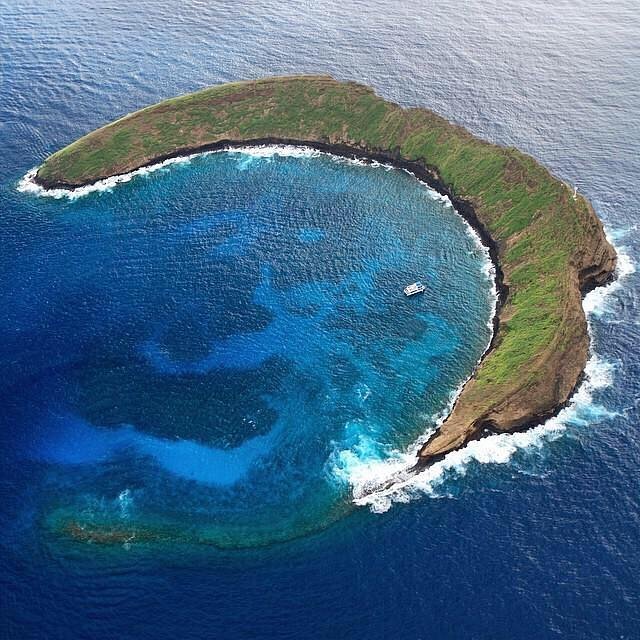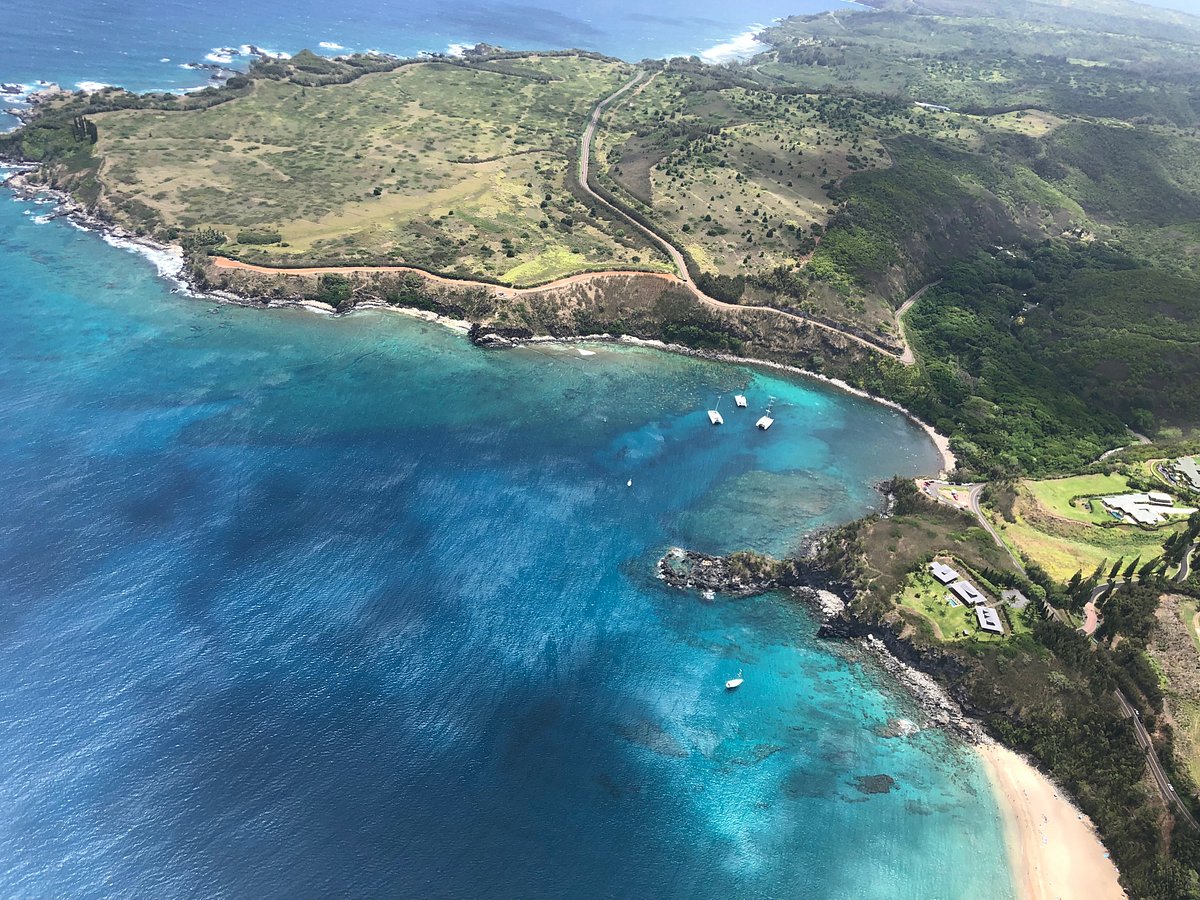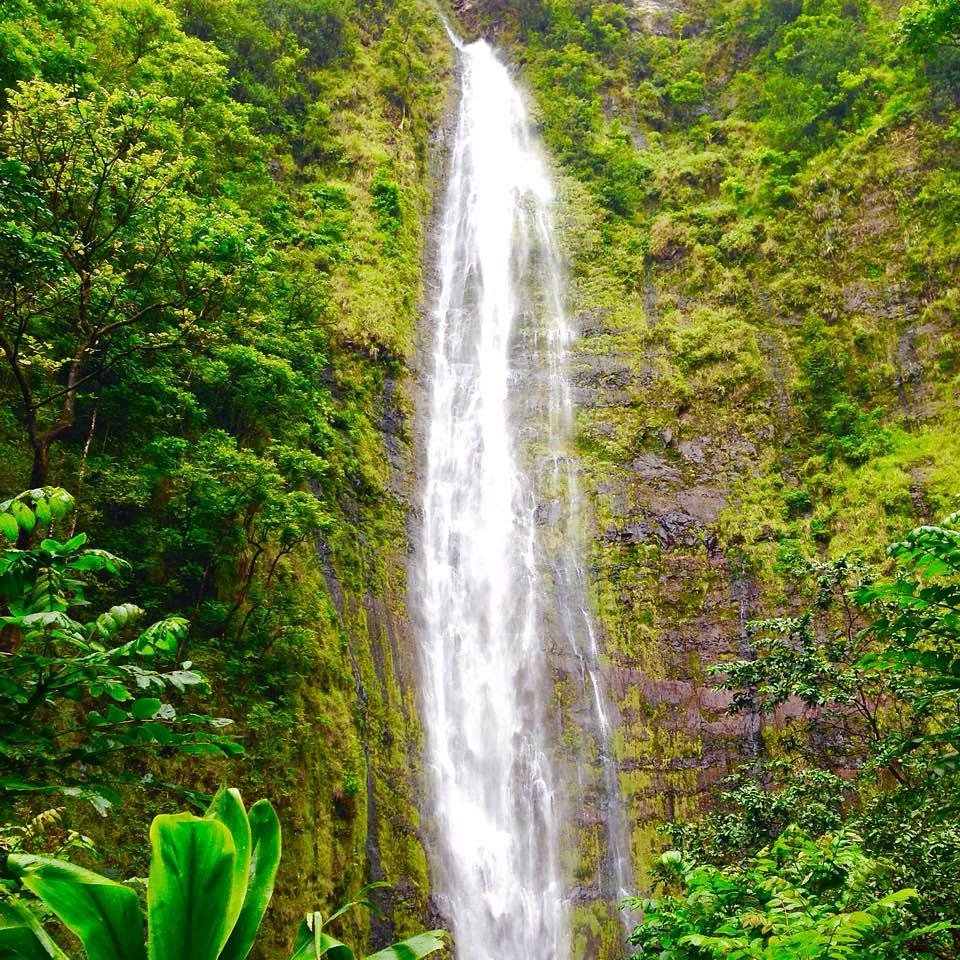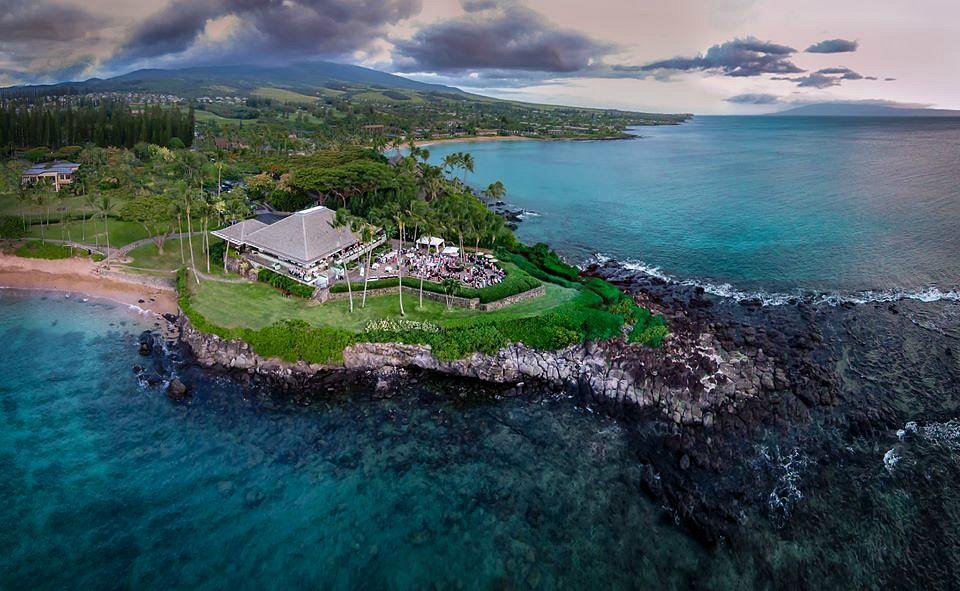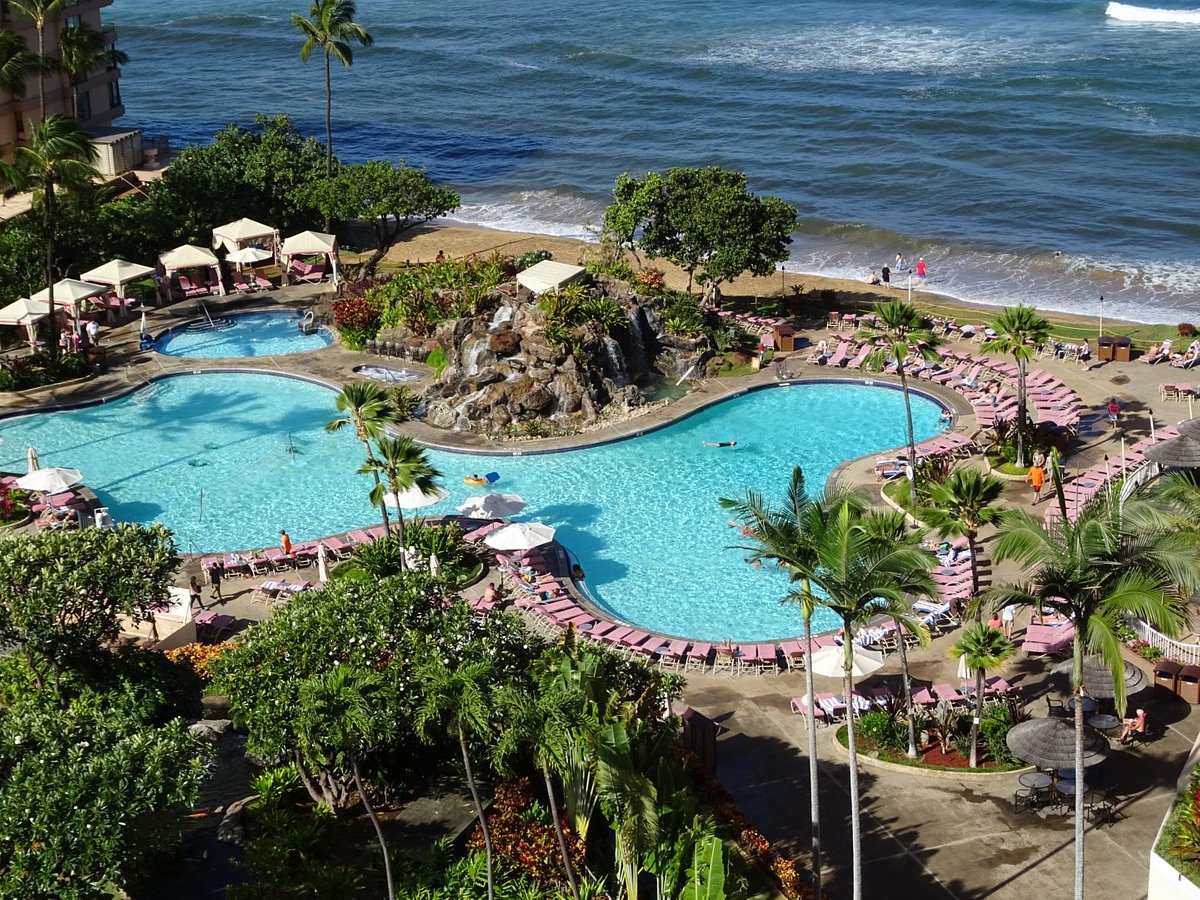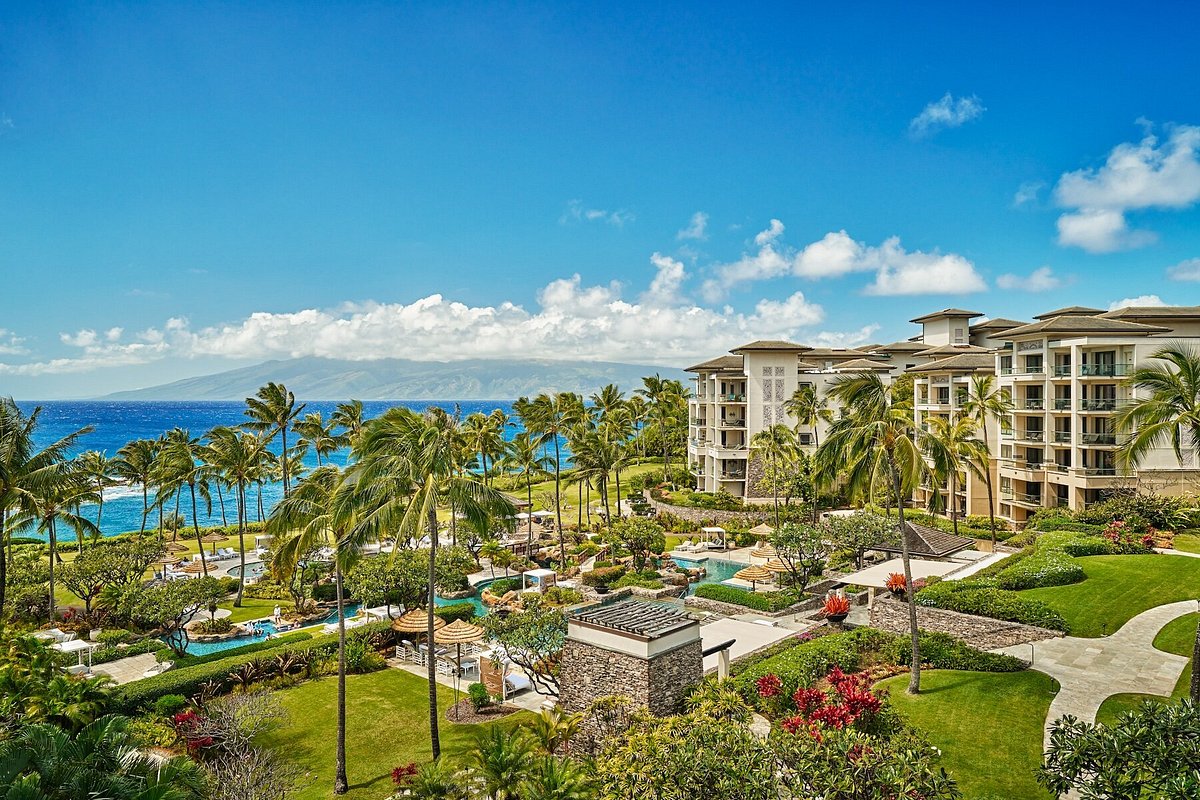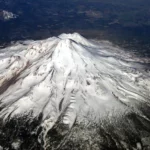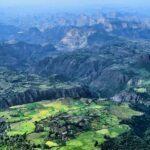Quick Bits:
Maui, the second-largest Hawaiian island, offers a blend of lush valleys, breathtaking coastlines, and scenic volcanic landscapes. Whether you seek adventure, tranquility, or exploration, Maui is an unforgettable destination perfect for everyone.
Key Highlights
- Haleakalā, Maui’s massive dormant volcano, is a must-see.
-
Beautiful beaches like Kā‘anapali and Wailea are popular for relaxing and water sports.
-
The Road to Hana boasts stunning waterfalls, beaches, and unique views.
-
The island features incredible whale-watching opportunities in winter.
-
Rich Hawaiian culture and delicious local cuisine create a unique experience for travelers.
General Information
Maui, often called “The Valley Isle,” is renowned for its gorgeous beaches, winding roads, and breathtaking scenery. It is one of the most visited islands in Hawaii and is famous for its combination of natural beauty and unique Hawaiian culture. It is part of the Hawaiian archipelago and provides tourists with the perfect balance of relaxation, adventure, and education. Maui is ideal for honeymooners, families, and solo travelers alike, as it offers a variety of attractions and activities to meet every taste.
Geography Information
Maui’s landscape is diverse, with towering mountains, lush rainforests, and vibrant coastlines. The island is home to Haleakalā National Park, which spans from the ocean to the 10,023-foot summit of Haleakalā volcano. The western part of Maui is dominated by the West Maui Mountains, which are covered with tropical forests and rich in biodiversity. Separating the two regions is the Central Maui isthmus, creating the “Valley Isle” nickname. Maui also boasts beautiful valleys like ‘Īo Valley and unique coastal landscapes, from sandy beaches to black lava rock shores.
The surrounding ocean supports a rich marine ecosystem, including vibrant coral reefs and majestic humpback whales. The diversity of Maui’s geography means visitors can enjoy a variety of outdoor adventures, such as hiking, snorkeling, and exploring natural wonders.
Places to Visit
1. Haleakalā National Park
Haleakalā National Park is home to the massive shield volcano that shares its name. Visitors often head to the summit for sunrise, where views of the clouds below create a magical experience. The park also features hiking trails, rare native birds, and a wide variety of plant species. Exploring this park offers insight into the volcanic forces that shaped Maui.
2. The Road to Hana
The Road to Hana is an iconic Maui experience. This winding coastal road takes travelers through lush rainforests, waterfalls, and charming small towns. Notable stops include Twin Falls, Wailua Falls, the Seven Sacred Pools (also known as ‘Ohe’o Gulch), and Waianapanapa State Park, where you can explore a black sand beach.
3. Kā‘anapali Beach
Kā‘anapali Beach is one of Maui’s most famous beaches. Known for its soft sand, crystal-clear waters, and stunning sunsets, it’s an ideal spot for snorkeling, paddleboarding, or simply relaxing. The Whalers Village shopping area nearby provides restaurants and shops, while the beach’s Black Rock offers great snorkeling opportunities to see tropical fish and even sea turtles.
4. ‘Īo Valley State Park
‘Īo Valley State Park is known for its lush landscape and iconic ‘Īo Needle, a natural rock pinnacle. The area offers short trails, historical significance, and peaceful spots perfect for taking in the natural beauty. The valley is historically important, as it was once a site of battle between Hawaiian chiefs.
5. Lahaina Town
Lahaina is a historic town filled with rich Hawaiian culture. It was once the capital of the Hawaiian Kingdom and is now a lively area with art galleries, shopping, and dining. The Lahaina Banyan Tree, one of the largest in the United States, offers a scenic and shaded spot to relax. The town also serves as a departure point for whale-watching cruises during the winter months.
6. Molokini Crater
Located off the coast of Maui, Molokini Crater is a partially submerged volcanic crater popular for snorkeling and diving. The crystal-clear waters and abundant marine life make this a favorite destination for underwater enthusiasts. The area is accessible via guided boat tours, providing snorkelers with the chance to see colorful coral reefs, tropical fish, and even manta rays.
7. Wailea Beach
Wailea Beach is known for its calm waters, making it ideal for families. It is a picturesque location with luxury resorts, offering stunning ocean views, golden sands, and excellent swimming conditions. Visitors can stroll along the Wailea Coastal Walk, which features spectacular views of neighboring islands and sunset vistas.
Yearly Climate
Maui enjoys a tropical climate throughout the year, with two main seasons: summer (from May to October) and winter (from November to April). Summer temperatures generally range from 75°F to 88°F, while winter temperatures average between 65°F and 80°F. Maui’s weather is consistent and comfortable, allowing visitors to enjoy outdoor activities year-round.
The island has both wet and dry regions. The northeastern part of the island, including areas like Hana, tends to be wet, receiving more rainfall, while the leeward side (where Kā‘anapali and Wailea are located) is drier. Trade winds help keep temperatures moderate, and mountain elevations can create microclimates, with higher altitudes like Haleakalā experiencing cooler temperatures, especially in the early mornings.
During winter, humpback whales migrate to the waters around Maui, providing an incredible opportunity for whale watching. Rain showers are more frequent in the winter, but they are usually brief and often lead to rainbows, further adding to Maui’s natural beauty.
Best Time of Year to Visit
The best time to visit Maui depends on the type of experience you’re seeking. April to May and September to November are ideal, as these months offer pleasant weather, fewer crowds, and generally more affordable accommodations. During this time, you can enjoy warm temperatures without the busy tourist season associated with summer or winter holidays.
December to March is the peak season, popular for whale watching as humpback whales migrate to Maui’s warm waters. It is also a great time for those wanting to escape colder climates. However, it is important to note that accommodation rates can be higher during these months, and popular attractions can be busier.
June to August is perfect for beach lovers. The weather is dry and warm, providing ideal conditions for swimming and water activities. However, it is also one of the busiest times on the island. Families and honeymooners will find Maui enjoyable year-round, with each season bringing a unique charm.
In Summary…
Maui is a diverse and beautiful island filled with opportunities for adventure, relaxation, and cultural exploration. Whether standing at the summit of Haleakalā, navigating the winding roads to Hana, lounging on a golden beach, or snorkeling in a volcanic crater, there is no shortage of experiences to be had. With its vibrant culture, beautiful climate, and variety of landscapes, Maui is a must-visit destination for travelers seeking a mix of nature, adventure, and Hawaiian spirit.

